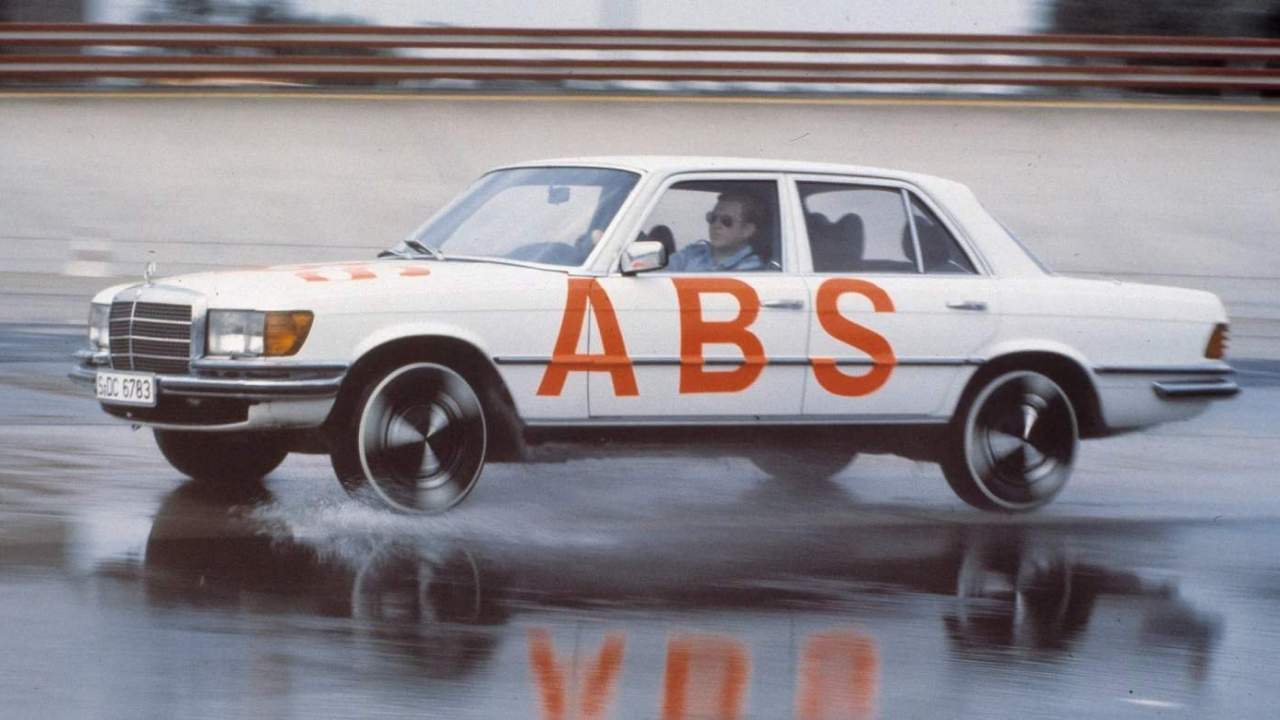ABS, short for Anti-Lock Braking System, is, for example, standard wellbeing highlight on practically all vehicles (and greater vehicles) nowadays that it’s not difficult to underestimate it. The element was first dispatched almost 45 years prior, drawing motivation from the counter slipping frameworks utilized in warrior and traveler planes and rail trains. Pondering with regards to the main vehicle to execute ABS? We take care of you.
1978 Mercedes-Benz S-Class and partnership with Bosch
Daimler-Benz carried out the main business rendition of ABS on the 1978 S-Class vehicle later careful R&D with Bosch, as per Daimler AG (connected previously). During the period somewhere in the range of 1970 and 1978, the development of little incorporated circuits (ICs) and the ascent of advanced innovation permitted Bosch to convey a computerized control unit that utilized a broad arrangement of sensors to record different informative elements. These information permitted the German automaker to lessen the mistakes in estimations altogether and upgrade the ABS component for most extreme security.
ABS vs. Traction Control System
On the off chance that you’re uninformed about how ABS functions, it keeps a vehicle from slipping out and about in an occasion of unexpected slowing down. The framework does this by dynamically applying brakes as opposed to sticking them on the double — which can likewise prompt the locking of brakes. Subsequently, vehicles with ABS take more distance to stop than those without it however the element forestalls any avoidable slipping — and other potential mishaps.
Current vehicles accompany TCS or Traction Control System, which is additionally called ASR or Anti-Slip Regulation. Footing Control works alongside ABS and EBD (Electronic Brakeforce Distribution) by detecting inordinate turning of any of the wheels whatsoever paces — regardless of whether or not you apply brakes. At the point when a turning wheel is distinguished, the electronic controls in the vehicle apply brakes to the specific wheel specifically, and this keeps the vehicle from slipping or sliding, particularly on free surfaces.




Average Rating